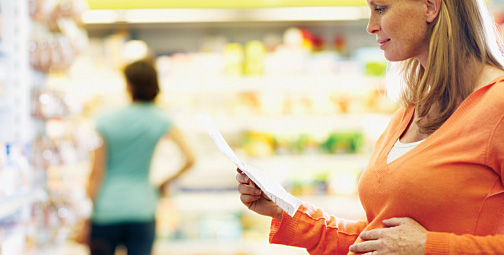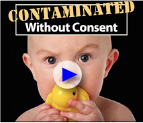Simple Steps to Protect Your Health and Family
The United States is falling far behind other countries in regulating harmful chemicals. We must join our voices to demand state, national and international laws that protect health and spur the development of safer chemicals.
At the same time, we can encourage companies to adopt good chemical policies that eliminate the use of hazardous chemicals and promote green chemistry and safer alternatives. Some company leaders are already taking action to protect our healthby working in coalitions to advance safer chemicals — to find out more, visit the BizNGO network, the Investor Environmental Health Network, and American Sustainable Business Council.
We can also use our power as consumers to reject toxic chemicals and support companies that are doing the right thing to protect our health. Below are resources to help you find safer products for your family, home, school, and more. You can also visit our resources section for more information about chemicals of concern and ways to get involved.
Babies
Healthy Child Healthy World has created a Healthy Nursery Toolkit with tips formaking the safest spaces and finding the safest products for little ones.
Building materials
The PharosProject.net database offers an extensive library for building products, chemicals and building materials, including certification and scoring for finding safer building products.
Cars, phones, furniture, children’s products, pet products, and more
With test results for over 5,000 products, HealthyStuff.org ranks consumer products for hazardous chemicals of concern.
Cleaning products
Learn about safe cleaning products and products to avoid from the Safe Cleaning Products Campaign. Help your favorite school switch to healthy cleaning practices with the Cleaning for Healthy Schools Toolkit.
Cosmetics and personal care products
For information about toxic cosmetics and safer alternatives, visit the Campaign for Safe Cosmetics and get involved. To find out if your favorite products are safe, visit the Environmental Working Group’s Skin Deep database.
Electronics
For tips on choosing safer electronics and holding companies accountable, visit the Electronic Takeback Coalition. The Greenpeace Guide to Greener Electronics ranks computers for toxicity and identifies the safest alternatives.
Food
Find factsheets and health information about pesticides at Beyond Pesticides’ Gateway on Pesticide Hazards. To protect children’s health, Pesticide Action Network offers these tips: Top 10 Ways to Protect Children from Pesticides. The Center for Agriculture and Food Systems created this resource on Food Labels: Do you know what you're eating?
Healthcare
An overview of toxic materials used in hospitals and how to find safer options: Health Care Without Harm. For resources to help your hospital switch to safer products and practices, join Practice Greenhealth.
Personal care, food, household items and more
The Good Guide ranks thousands of name-brand products for their impacts on health, the environment and society.
Schools
CHEJ has compiled useful resources to find alternatives to PVC plastic and phthalates in school building materials and school supplies. For information about many other chemicals of concerns used in schools, visit the Healthy Schools Network.





